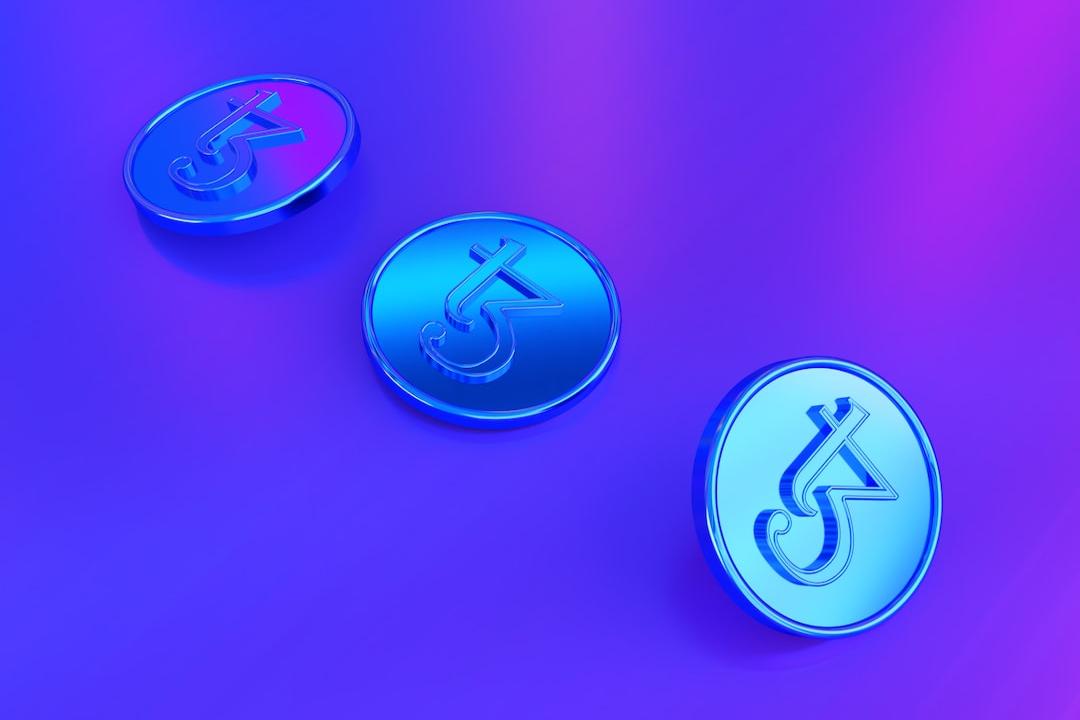The US economy experienced a significant slowdown in the first quarter of this year, while inflation remained high, raising concerns about stagflation and causing a decline in US stocks and Bitcoin. Jamie Dimon, CEO of JPMorgan Chase, warned on Thursday that the market’s expectations for a soft landing of the US economy were too optimistic, and that stagflation similar to the 1970s could potentially occur again.
According to the latest data released by the US Department of Commerce last night, the country’s GDP in the first quarter of this year grew at an annual rate of only 1.6%, which is much lower than analysts’ expectations. It represents a significant slowdown compared to the strong growth of 3.4% in the fourth quarter of last year. However, the core PCE index, which measures inflation, increased by 3.7% year-on-year, marking the largest increase in a year.
Against the backdrop of economic slowdown and persistent high inflation, investors have raised concerns about the risk of stagflation. As a result, the Dow Jones Industrial Average, the S&P 500 Index, and the Nasdaq Composite Index all declined on Thursday, with only the Philadelphia Semiconductor Index recording a gain. Bitcoin also fell below $63,000 at one point last night.
Following the release of the Department of Commerce data, the market further lowered its expectations for interest rate cuts by the Federal Reserve this year. The 2-year US Treasury yield rose above 5%, and yields on various maturities reached their highest levels this year. The current estimate in the interest rate swap market is that the Federal Reserve will not cut rates until December at the earliest, and it is expected to only cut rates by 35 basis points this year, far below the initial expectations of six rate cuts of 25 basis points each.
David Donabedian, Chief Investment Officer of CIBC Private Wealth US, commented that the current situation is the worst, with economic growth falling below expectations while inflation remains high. Typically, a cooling economy would prompt calls for interest rate cuts, but due to higher-than-expected inflation, the Federal Reserve’s ability to take action is severely limited.
Stagflation refers to the economic phenomenon of stagnation, simultaneous unemployment, and continuous price increases. This situation is more difficult to handle than an economic recession. The last time the United States experienced stagflation was in the 1970s when geopolitical conflicts led to the Organization of the Petroleum Exporting Countries (OPEC) limiting oil exports to the United States. Energy prices soared as a result, and coupled with high government spending and the decoupling of the US dollar from gold, inflation skyrocketed to double digits, plunging the economy into a crisis.
To control the situation, then Federal Reserve Chairman Paul Volcker was forced to raise interest rates to 20%, successfully curbing high inflation but pushing the United States into a deep recession. As a result, analysts are deeply concerned about the risk of stagflation.
Jamie Dimon, CEO of JPMorgan Chase, warned on Thursday that the market’s expectations for a soft landing of the US economy were too optimistic. He believes that the possibility of a soft landing is only 50% and that stagflation similar to the 1970s could potentially occur again.
Against the backdrop of rising concerns about stagflation, data from HODL15Capital shows that US Bitcoin ETFs experienced a net outflow of $197 million on the 25th, marking two consecutive days of net outflows. Among them, Grayscale’s GBTC saw a net outflow of $140 million, BlackRock’s IBIT had zero inflow again, and Fidelity’s FBTC saw its first net outflow of approximately $23 million.
Rachael Lucas, a cryptocurrency analyst at BTC Markets, stated that zero inflows of funds are normal and do not indicate the failure of a product. The inflow of funds is closely related to market performance and geopolitical tensions, highlighting the complexity of influencing ETF fund flows.


